Table of Contents
Embrace Non Toxic Living: Your Guide Towards a Healthier, Chemical-Free Lifestyle
Welcome to a world where our health takes center stage, where every decision we make resonates with the commitment to a non-toxic living. It’s about making conscious decisions to reduce the toxins we consume and create a healthier environment for ourselves and our loved one.
As a mother and founder of a company dedicated to sustainable practices, I've learned that the path to a healthier lifestyle begins with us. No one will hand us good health on a silver platter, it's a conscious choice we make every day.
In this comprehensive guide, we'll explore various facets of non-toxic living, from the candles we light to the clothes our children wear, and how each choice impacts our wellbeing.
It's true, this journey may seem a bit complicated at first, but remember, every big change starts with small steps. Each day, we can make choices that bring us closer to a healthier, more connected, and happier lifestyle.
Join me as we explore the foundations of non-toxic living, starting with understanding what toxins are and why it's essential to minimize their presence in our lives.
Key Takeaways
-
Conscious Choices for Health: Prioritize your health and well-being by actively reducing toxins in your daily life. This includes being aware of the hidden dangers in everyday products and making informed decisions to avoid them.
-
Embrace Organic and Natural Options: Opt for organic foods, natural fibers in clothing, and eco-friendly household products. These choices safeguard your health and also contribute to environmental sustainability.
-
Create a Toxin-Free Home Environment: Invest in non-toxic cookware, chemical-free cleaning products, and safe personal care items. Emphasize the importance of a clean living environment for both personal health and ecological well-being.
Discovering the Foundations of a Non Toxic Lifestyle
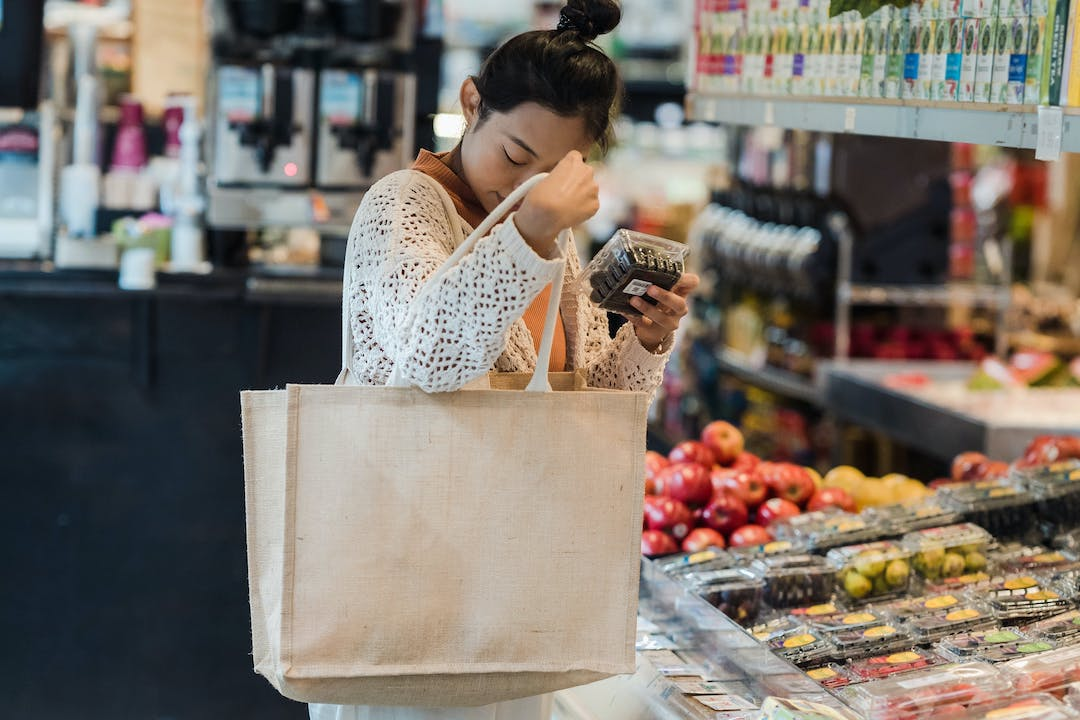
Image by Greta Hoffman
An invisible enemy lurks: toxins. They sneak into our lives, hidden in the most unlikely places. Consider your favorite scented candles or the enticing aroma wafting from plug-in scents – they may contain toxic chemicals, adding an unwelcome twist to their charming fragrances.
Even your beloved cooking oil might not be as innocent as it seems.
Let´s learn how to decode confusing product labels, differentiating between genuinely natural products and deceptive alternatives, including cooking oils. The shift requires choosing well-being and safety over convenience and cost.
What’s a Toxin?
Toxins are substances that can cause harm to our bodies. They come in many forms and can be found in the air we breathe, the food we eat, and the products we use. Toxins can be chemical, physical, or biological, and their effects on health can range from mild irritations to serious diseases.
They can affect various biological processes, often targeting the nervous system, and can lead to diseases or even be fatal if ingested or otherwise introduced into the body of another organism.(1, 2 )
Knowing what toxins are and where they come from is the first step in reducing their impact. Remember, knowledge is power.
Understanding Toxins and Their Impact on Health
Some toxins are naturally occurring chemicals present in certain foods and water sources. For example, certain fish may contain high levels of mercury, and some plants naturally produce defensive toxins.
On the other hand, many toxins are human-made, created for industrial and agricultural purposes. These include chemicals like lead, found in old paints and plumbing materials, and arsenic, occasionally discovered in contaminated groundwater.
Pesticides used in agriculture to control pests and enhance crop yields are another significant source of toxins. These chemicals, designed to be potent and durable, can remain as residues on fruits and vegetables, potentially impacting our health when consumed.
Radiation, too, is a form of toxin. While natural background radiation is a normal part of our environment, excessive exposure to certain types of radiation can be harmful.
Industrial chemicals, such as those used in manufacturing processes, can also be toxic.
Suppliers often use these toxins to deliver “better” performing products. For example, a more potent weed killer or bug spray, a longer-lasting perfume, or fruits and vegetables that stay fresh for an extended period.
While these products may offer short-term convenience and benefits, their long-term impact on health and the environment can be significant, as toxins exert harmful effects on the environment and wildlife.
Toxins can affect our health in a multitude of ways, including disrupting hormonal balance and impacting mental health. Long-term exposure to certain toxins has been linked to a range of chronic diseases.
-
Endocrine Disrupting Chemicals (EDCs): EDCs interfere with hormone functioning and are ubiquitous in the environment. They can disrupt cellular processes at any point in the hormonal cycle, from hormone production to reception in tissues. EDCs have been associated with cancer, heart problems, and reproductive concerns.
-
Accumulation in the Body: Studies have found EDCs present in blood, urine, and breast milk, indicating that these chemicals accumulate in our bodies over time due to consistent exposure, even to small amounts.
-
Link to Chronic Diseases: There's evidence linking EDCs to various health issues. For instance, DDE, a breakdown product of the pesticide DDT, has been associated with diabetes. EDCs like BPA (found in plastics), phthalates, and arsenic have been shown to affect metabolic disorders like diabetes and obesity. EDCs may also negatively impact cardiovascular health.
Understanding these different types of toxins, their sources, and their potential effects on our health is the first step toward adopting a non-toxic lifestyle. By being aware of where toxins lurk, we can make more informed choices in our daily lives.
In the following sections, we'll explore what it means to live a non-toxic life and how we can reduce our exposure to these harmful substances.
What is a Non-Toxic Way of Living?
Lead a sustainable lifestyle by prioritizing whole foods, buying organic and locally sourced products, and dining at restaurants that prioritize local ingredients. Live non-toxic and reduce your environmental footprint!
What does "toxic-free" mean?
Living "toxic-free" means actively choosing products and lifestyles that minimize exposure to harmful toxins. It's a holistic approach and involves being conscious of the ingredients in our food, the materials in our clothing, and the chemicals in our household products. A toxic-free lifestyle aims to reduce the overall toxic burden on our bodies and the environment. The Environmental Working Group. provides valuable resources for identifying toxin-free options.
The Importance of Choosing Non Toxic Products
Think of every product you use as a vote. A vote for health or harm. A vote for sustainability or pollution. Choosing non-toxic products is a vote for a healthier, safer world. It’s about swapping your cleaning products laden with chemicals for natural cleaners like baking soda and vinegar. It’s about opting for organic foods free from pesticides.
This involves scrutinizing product labels and comprehending their contents. It's about creating a healthier living space, nourishing our bodies with clean food, and using products that are kind to the earth. Let's dive into what it really means to live non-toxically.
Nourishing Your Body with Organic Foods
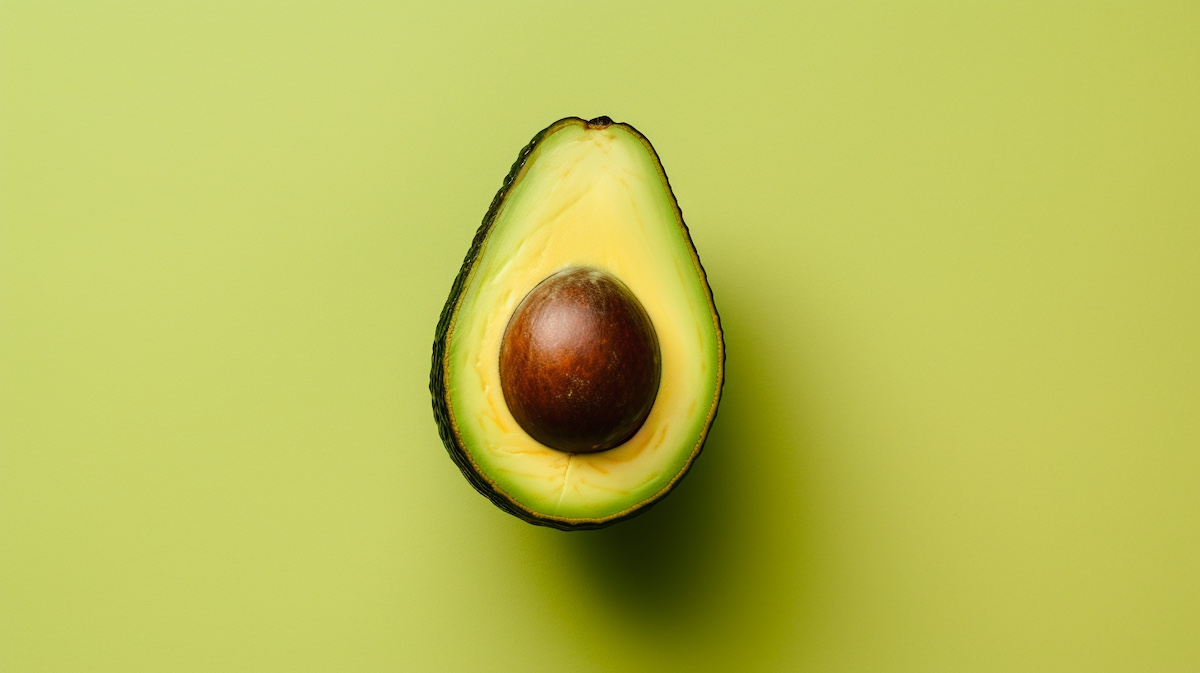
Our bodies are the vessels that carry us through life, and what we fuel them with matters. Organic foods offer us the chance to nourish our bodies without the burden of chemicals, pesticides, and growth hormones. Understanding the origins of our food and how it’s grown is fundamental.
The Dirty Dozen and Clean Fifteen
When it comes to choosing organic, not all fruits and vegetables are created equal. Some carry a heavier load of pesticides than others. That’s where the Dirty Dozen and Clean Fifteen come in. These lists guide us on which fruits and vegetables are most likely to be laden with pesticides and which ones are safer choices.
The Benefits of Eating Locally Sourced Produce
Imagine biting into a juicy apple, knowing it was grown just a few miles away by a farmer you trust. That’s the power of eating locally grown food. Supporting local farmers and shrinking your carbon footprint are additional benefits of this practice.
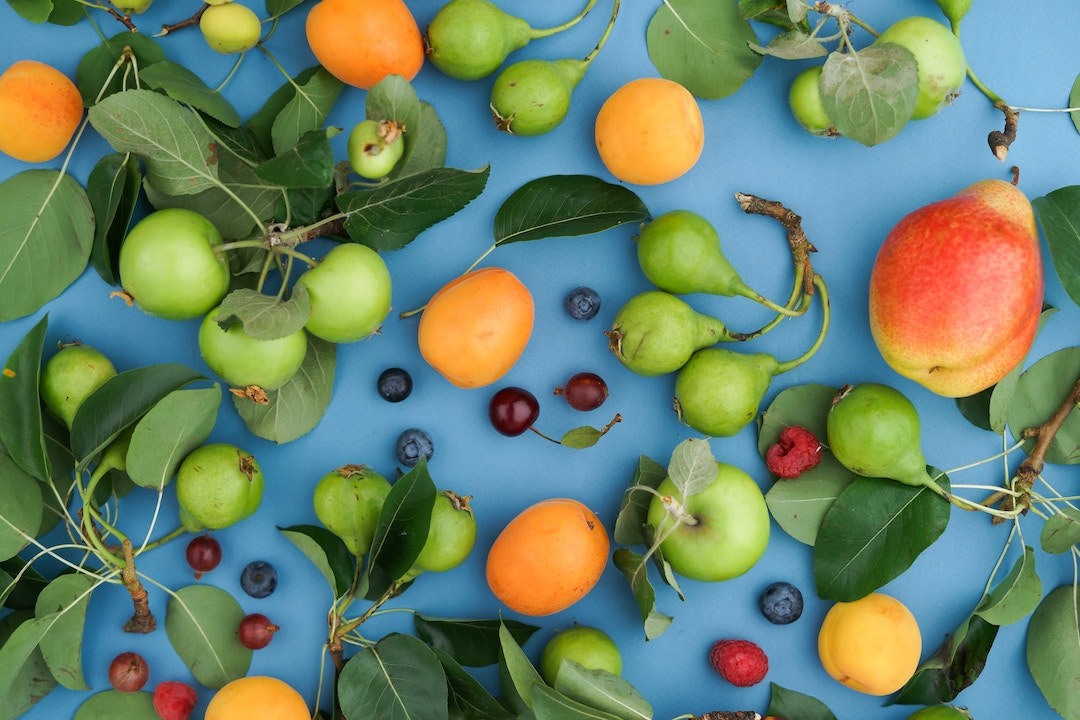
Imagey by Olga Drach on Unsplash
Reading Labels & Certifications
Ever wondered what 'certified organic' or 'natural' really means on a label? 'Certified organic' means strict rules were followed, no synthetic pesticides or fertilizers. For example, biodynamic or certified organic products are often the best options for minimizing toxin exposure.
'Natural' is less regulated, but generally, it's supposed to mean ingredients come from nature. The trick is to know which certifications are trustworthy and prioritize them for a toxin-free life.
Identifying and Avoiding Processed Foods
In our fast-paced world, processed foods have become a staple in many diets. They’re quick, convenient, and often addictive. Yet, they’re also filled with artificial additives and empty calories.
Learning to identify and avoid processed foods is a crucial step towards a healthier, non-toxic lifestyle but also to avoid long term health treathing consequences.
Here are the summarized straightforward tips:
-
Choose Wisely:
-
Go for biodynamic or buy organic products when you can.
-
If not, look for natural products with some organic ingredients.
-
Next best? Natural and chemical-free.
-
Lastly, if nothing else, pick natural with the least toxins.
-
-
Learn to Read Labels: Use websites and apps to help you spot and avoid harmful ingredients and those sneaky E numbers.
-
Eat Fresh and Avoid Processed Foods
-
Buy fresh and local from farmers' markets.
And remember, it's not about perfection but about making better choices whenever you can.
Personal Care Without Harmful Toxin
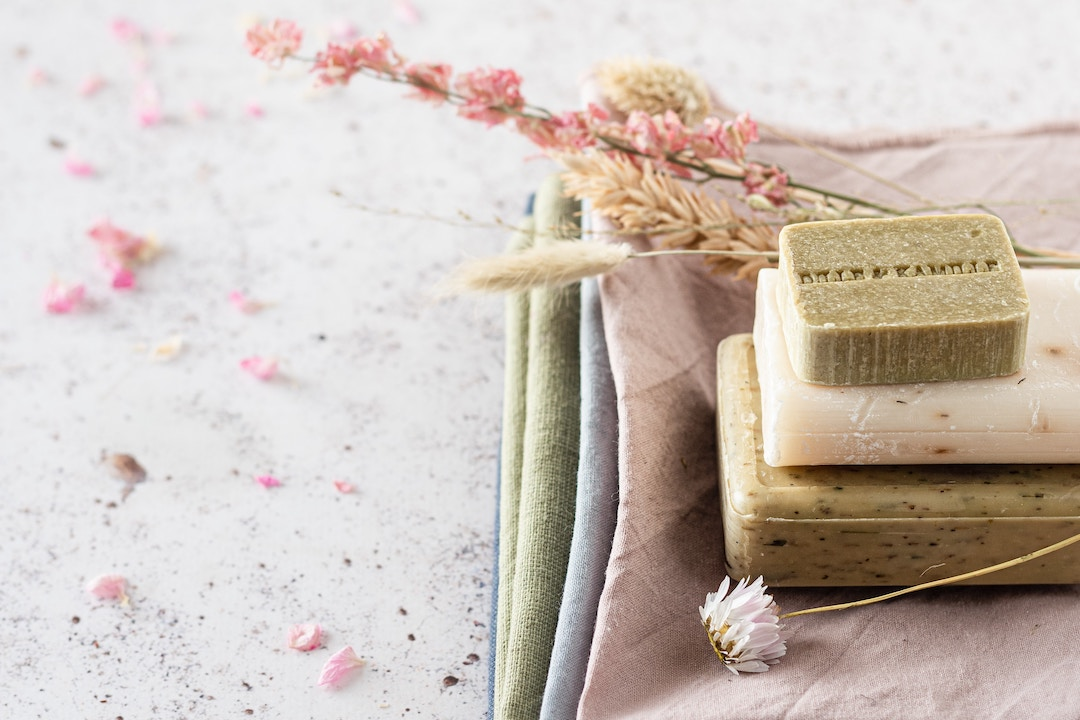
Image by micheile henderson on Unsplash
Just as we nourish our bodies with healthy food, we need to nourish our skin with healthy care. The skin is our body’s largest organ, and it absorbs much of what we put on it, making it vulnerable to absorbing toxins present in everyday products like moisturizers, lotions, makeup, shampoos, and sunscreens.
Unfortunately, many personal care products are filled with harmful toxins that can seep into our bodies.
Harmful Substances in Conventional Products:
-
Formaldehyde and Formaldehyde-Releasing Preservatives (FRPs): Often added to products like keratin hair straighteners, nail polish, and shampoos for their preservative properties. FRPs slowly release formaldehyde over time, posing health risks.
-
Coal Tar: Used in hair dyes, shampoos, and treatments for scalp conditions, coal tar is a known carcinogen derived from coal processing.
-
Benzene: Found in some hair conditioners and styling lotions, benzene can be inhaled or ingested and is derived from coal tar.
-
Mineral Oils: Common in a wide range of personal care products, these oils are derived from crude oil and often contain polycyclic aromatic hydrocarbons (PAHs), which are hazardous.
-
Ethylene Oxide: Used in the process of ethoxylation in some personal care products, ethylene oxide is a concerning impurity that can cause various cancers.
-
Heavy Metals: Substances like hexavalent chromium and cadmium, used as colorants in cosmetics like eye shadow and lip gloss, pose significant health risks.
(Source Safecosmetics )
But fortunately there are safe, natural alternatives are available.
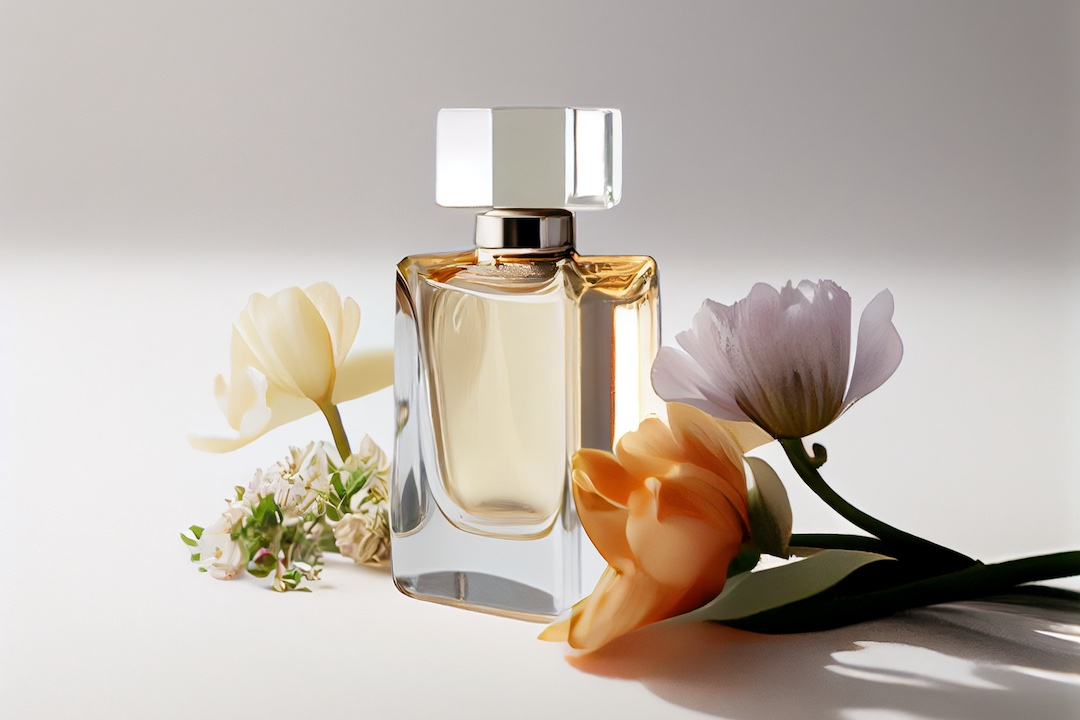
Toxic free Deodorant, Cologne, and Perfume
Fragrances in conventional products often contain toxins. Opting for natural fragrances´brands can significantly reduce your exposure to harmful sabstances. Clean Brands like Skylar * offer unique and safe scents.
Deodorant is something most of us use every day for hygiene, especially when we're active or out and about. After years of searching, I found my go-to favorites: Real Purity Roll-On Natural Deodorant * and Wild - Natural Refillable Deodorant * . These non toxic deodorants have been my trusted choices for years, ensuring I stay fresh and confident without compromising on health and safety.
Clean Makeup
Reducing the amount of makeup you use is a straightforward strategy to minimize exposure to toxins. However, when makeup is essential, opt for clean make up brands that prioritize safe, non-toxic ingredients. These brands often use natural pigments and avoid chemicals like parabens, phthalates, and synthetic fragrances, offering products such as natural non-toxic mascaras or clean lipsticks that enhance your eyes without irritation and natural foundations that provide coverage while allowing your skin to breathe. By choosing organic options whenever possible, you're not only protecting your skin but also supporting sustainable practices in the beauty industry.
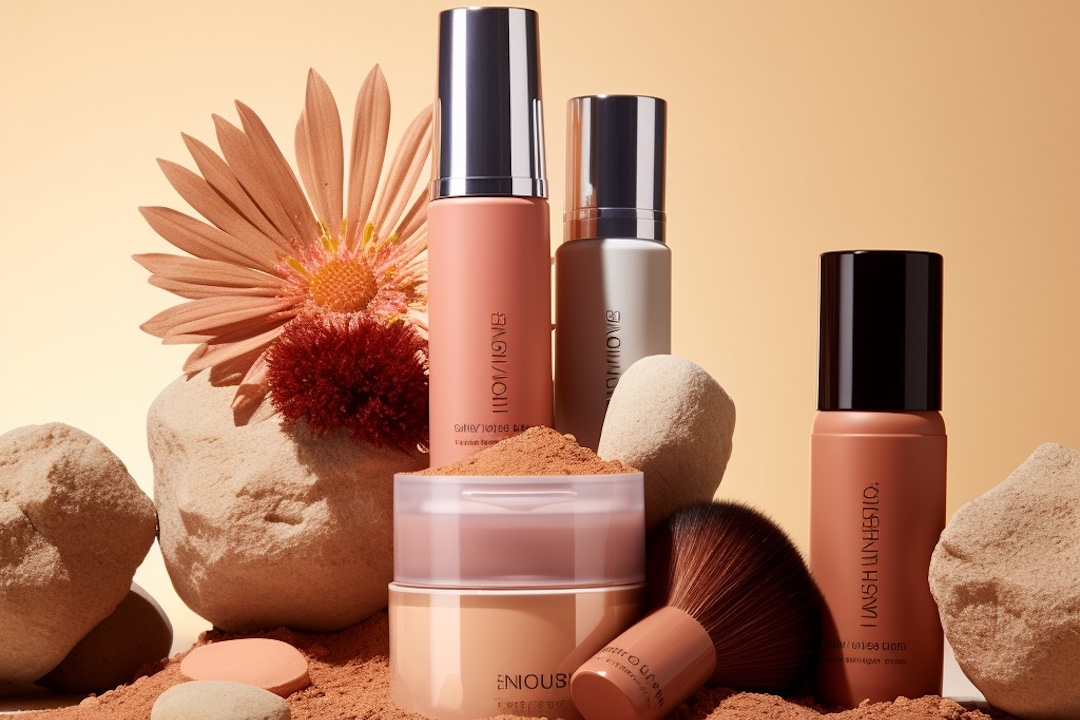
The Switch to Natural Body Wash and Lotions
The daily ritual is a time for self-care, a moment to pamper ourselves. But the products we use in these rituals could be doing more harm than good, exposing our bodies to a cocktail of harmful chemicals.
Making the switch to natural body wash and lotions can protect your skin and your health. Look for products that contain nurturing ingredients like coconut oil, aloe vera, and shea butter. These natural components provide deep hydration, improve skin elasticity, and offer vital nutrients.
Non Toxic Hair Care
For hair care, steering clear of products like sprays and artificial dyes can significantly reduce your exposure to harmful toxins. Natural hair care options, including shampoos and conditioners or natural hair dyes made with organic and plant-based ingredients, offer a healthier alternative. These products often contain nourishing elements like essential oils, herbal extracts, and vitamins, which help maintain hair health without the adverse effects of synthetic additives.
Crafting Your Non Toxic Living Space
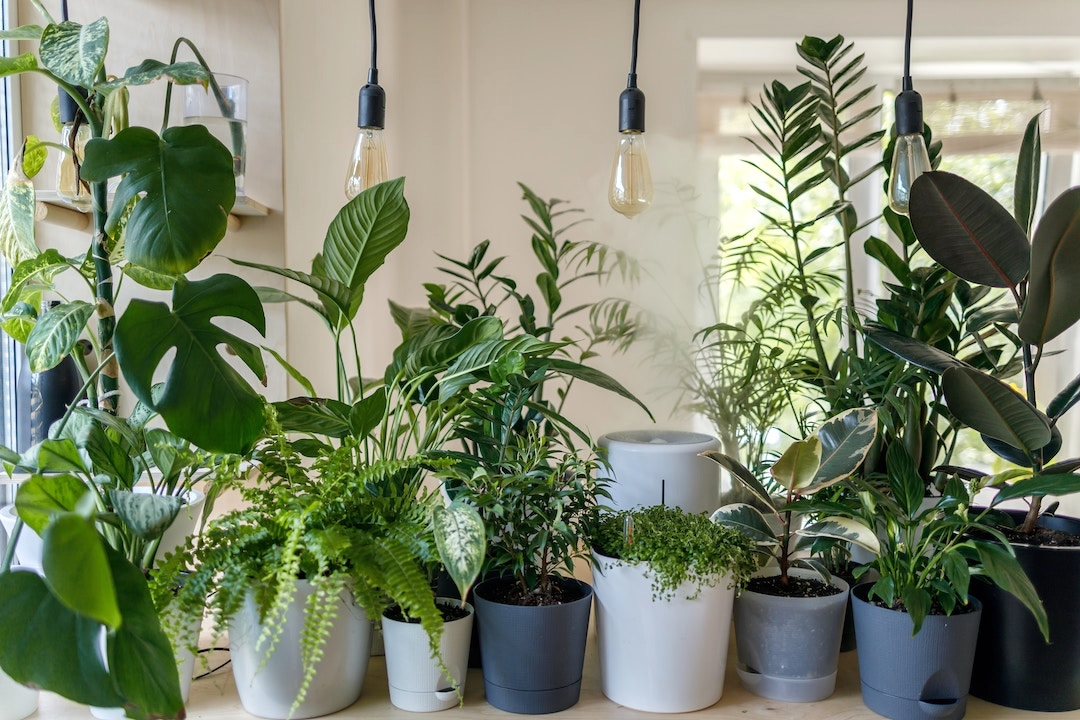
Image by vadim kaipov auf Unsplash
Switching to a toxin-free home is a proactive step towards enhancing your family's health. By choosing non-toxic products, you're guarding against allergies, breathing issues, and chemical sensitivities. From the cleaners you use to your furniture, even natural candles and kids' toys, every non-toxic choice helps. It reduces your environmental impact and supports sustainable living. So, making your home toxin-free is good for you and the planet.
-
Furniture and Health: Conventional furniture often contains volatile organic compounds (VOCs), formaldehyde, and flame retardants, which can off-gas into your home. The EPA has identified VOCs as contributors to indoor air pollution, which can cause health issues like headaches, dizziness, and respiratory problems. Opting for furniture made with natural, untreated materials can significantly reduce these risks.
-
Mattresses Matter: We spend about one-third of our lives sleeping, so what we sleep on is crucial. Many conventional mattresses contain chemicals like polyurethane foam and flame retardants. A study published in the journal Environmental Science & Technology found that people who used mattresses with these materials had higher exposure levels to certain VOCs. Choosing organic or natural mattresses can lower this exposure and improve sleep quality.
-
Bedding and Linens: Similarly, non-organic bedding often contains chemical residues from pesticides and dyes. Organic bedding options, made from materials like organic cotton, bamboo, or linen, are free from these harmful substances and are better for your skin and respiratory health.
-
Children's Products: Choosing non-toxic toys and furniture for kids is crucial in preventing exposure to chemicals that can affect their development. Phthalates, used in plastics, have been linked to hormonal disruptions. Non-toxic, organic toys for children are essential for their safety and development.
Toxin-free cleaning
Did you know that the air inside your home can be up to five times more polluted than the air outside?
A health study conducted by the National Institute of Environmental Health Sciences (NIEHS) has uncovered potential health risks associated with various deodorizing items such as air fresheners, cleaners for toilet bowls, laundry detergent and mothballs, particularly concerning lung health.
A study in Environmental Pollution revealed that daily mopping in childcare facilities with certain PFAS products containing fluorotelomer sulfonates, a type of PFAS, significantly elevates the risk of exposure to these harmful chemicals. This is particularly concerning for young children who often play on the floor.

Image by KINN Living on Unsplash
Swap those chemical-laden cleaners for natural alternatives. Understanding that cleaning shouldn’t equate to introducing more toxins into your home is crucial.
-
Air Quality and Cleanliness: The air inside our homes can be more polluted than the air outside due to toxic chemicals in household cleaners. These substances can release volatile organic compounds (VOCs) into the air, contributing to indoor air pollution.
-
Environmental Impact: Traditional cleaners often contain chemicals that seep into waterways, affecting wildlife and ecosystems. Many of these products are petroleum-based, further depleting natural resources.
-
Simplifying Cleaning Routines: One effective approach to reducing toxins in your home is to minimize the number of specific cleaning products. A multipurpose cleaner, for instance, can serve various purposes, from mopping floors to cleaning bathrooms and kitchens. This simplification reduces the number of chemicals in your home and also promotes efficiency and sustainability.
-
DIY Non-Toxic Cleaners: Making your own cleaning products is easier than you might think. For example, a simple all-purpose cleaner can be made with white vinegar, baking soda, hot water, and a few drops of essential oil for fragrance.
Purifying Your Home's Atmosphere
This is where the power of natural air purifiers comes into play. Houseplants, for instance, are not just pretty to look at. They’re hard at work, silently cleaning the air, absorbing toxins, and releasing fresh oxygen.
Some of the best houseplants for purifying the air include:
-
Spider Plant: Known for its ability to remove harmful chemicals like formaldehyde and xylene.
-
Peace Lily: A beautiful plant that can help reduce levels of mold spores and other airborne contaminants.
-
Snake Plant: Exceptional for filtering out carbon dioxide and releasing oxygen at night, making it ideal for bedrooms.
-
Aloe Vera: Not only is it good for skin, but it also helps eliminate formaldehyde and benzene from the air.
-
Boston Fern: A natural humidifier and air purifier, great for removing formaldehyde.
By adding these plants to your home, you can improve the air quality and create a healthier living environment.
Ensuring Clean Water for Your Family
Water is life, and clean water means health. But how clean is the water you drink? While we often take it for granted, the quality of our water can significantly impact our health.
Thankfully, there are numerous ways to ensure clean water for your family, from activated carbon filters to reverse osmosis systems. Choosing a water purification system should be based on your personal needs and the assurance it brings.
Redefining Kitchen Essentials for a Toxin Free Home
The kitchen is the heart of the home. It’s where meals are prepared with love, where families gather to share their day. But the kitchen can also be a source of exposure to toxins – from the cookware and non-stick pans we use to the storage containers we choose.
For a toxin-free home, redefining kitchen essentials involves choosing items that safeguard your health.
Cookware That Cares for Your Health
The right cookware can protect your health. Non-stick pans may be convenient, but the chemicals used in their coating can pose health risks.
Selecting non-toxic alternatives like stainless steel or cast iron ensures your cookware is a better health-conscious option.
Plastic-Free Food Storage Solutions
Plastic containers may be common, but they’re not always the best choice for food storage. They can leach chemicals into your food, especially when heated.
Choosing plastic-free alternatives like glass or stainless steel enables you to store food safely and retain its freshness.
Conscious Clothing and Textile Choices
What we wear is a reflection of who we are. But it’s also a reflection of our values. The clothes we choose, the fabrics we prefer, all tell a story. But behind the scenes, textile production can have a significant impact on our health and the environment. The use of toxic chemicals in fabric manufacturing is a major concern. These chemicals, ranging from dyes to finishing agents, can seep into our skin, leading to health issues like textile dermatitis. This condition is marked by skin irritation and allergic reactions, often triggered by the chemical residues left in the fabrics.
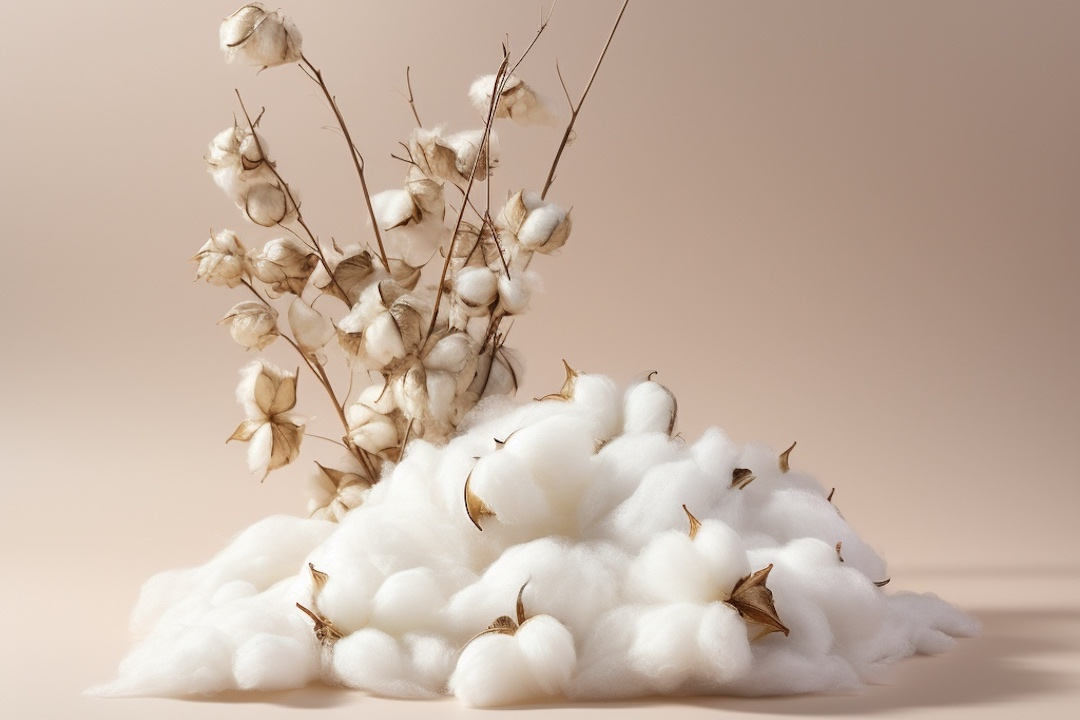
Understanding the materials and processes behind our garments is key to making informed decisions.
-
Natural Fibers for Health: Natural fibers like organic cotton, linen, and hemp are more than just eco-friendly choices, they're kinder to our skin. Synthetic fibers, on the other hand, can trap moisture and heat, leading to skin irritation and discomfort. Opting for natural fibers ensures breathability and reduces the risk of skin allergies and irritations.
-
The Importance of GOTS Certification: The Global Organic Textile Standard (GOTS) is the gold standard for organic textiles. Clothing with a GOTS certification ensures that the entire production process, from the harvesting of raw materials to the final product, adheres to strict environmental and social criteria. By choosing GOTS-certified clothing, you're opting for textiles free from harmful chemicals
-
Chemical-Free Clothing: The chemical treatments used in many clothing manufacturing processes can linger on garments, potentially leading to skin reactions and long-term health issues. Chemical-free clothing is produced without these harmful substances, offering a safer alternative for both adults and children.
Summary
In our journey towards a non-toxic lifestyle, we’ve explored various facets of our daily lives – from the food we eat to the products we use, from our homes to our food and clothing. We’ve learned that chemical free living comes to making conscious choices that prioritize our health and the health of our planet. It’s about embracing a lifestyle that is sustainable, ethical, and harmonious. It’s about living in a way that leaves a positive impact.
Frequently Asked Questions
How do you remove toxins from your life?
Limiting alcohol consumption, getting plenty of sleep, drinking more water, eating a healthy diet rich in antioxidant-rich and prebiotic foods, reducing sugar and processed food intake, decreasing salt intake, and staying active are all effective ways to help your body naturally remove toxins.
How do I become a non-toxic home?
Take the necessary steps to make your home non-toxic - switch to green materials, use non-toxic cleaning supplies and cookware, reduce plastic usage, filter your water, invest in an air filter and don't forget about light and noise pollution. Create a safe and healthy home environment for yourself and your family!
What are some of the harmful toxins commonly found in our homes?
Common toxins found in the home can have serious health consequences, including exposure to VOCs, formaldehyde, lead, and phthalates.
What are the Dirty Dozen and Clean Fifteen?
The Dirty Dozen and Clean Fifteen are lists that help you make informed decisions about your produce; the former highlights fruits and vegetables with the highest levels of pesticide residues, while the latter identifies those with the lowest. Here you will find them.
*The links are so-called 'affiliate links.' This means that we receive a small commission if you purchase something through them, which in turn helps us to further develop the blog and create even more useful and valuable content for you!"
Header image by Dainis Graveris on Unsplash











